Flags have been used for centuries to represent a country, its people, and its values. The United Kingdom is no exception, with several flags that represent different aspects of its identity. From the Union Jack, the most recognizable flag of the UK, to the flags of England, Scotland, Wales, and Northern Ireland, each one has a unique history and symbolism.
This article will explore the flags of the United Kingdom, their history, significance, and how they represent the different nations that make up the UK. Additionally, we will discuss the controversies surrounding the use of flags in the UK and their role in national identity.
Table of contents
The Union Jack
The Union Jack, also known as the Union Flag, is the most recognizable flag of the United Kingdom. Its origins date back to 1606 when it was first created to represent the union of England and Scotland. The flag combines the cross of St. George, the patron saint of England, with the cross of St. Andrew, the patron saint of Scotland. In 1801, when Ireland joined the union, the cross of St. Patrick, the patron saint of Ireland, was added to the flag.
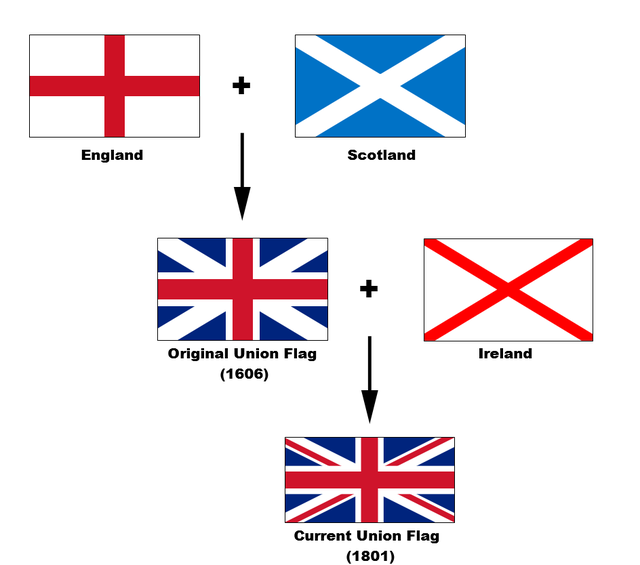
The Union Jack has been used to represent the UK ever since, and it is flown on government buildings, military installations, and civilian ships. It is also used to represent the UK in sporting events, such as the Olympic Games, and international organizations like the United Nations.
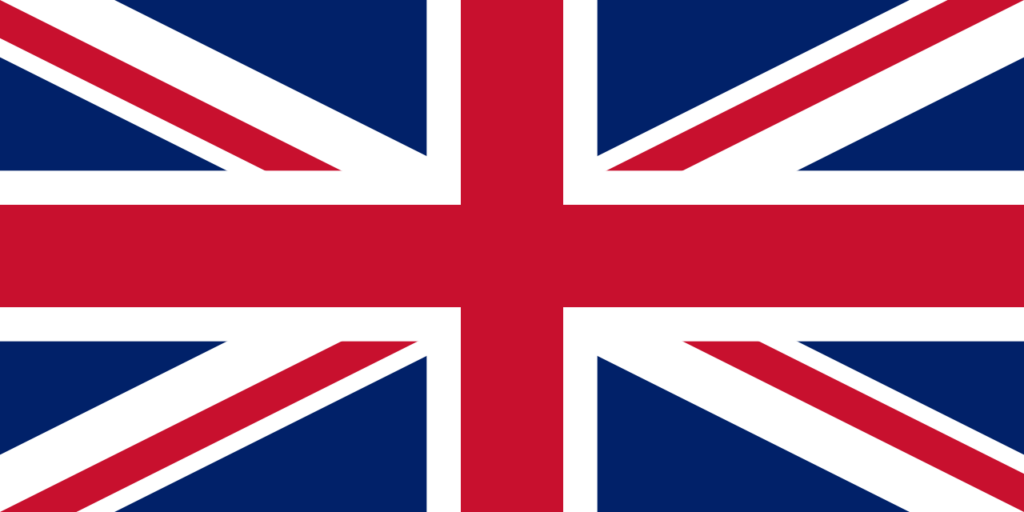
The flag’s significance goes beyond its representation of the UK. It has become a symbol of British culture and heritage, and it is often used in popular culture, such as in music, film, and fashion. The Union Jack’s design has been used in clothing, accessories, and even furniture, reflecting the UK’s influence on global culture.
The Flag of England
The flag of England, also known as the St. George’s Cross, has a long history that dates back to the 12th century. The flag consists of a red cross on a white background, and it is named after St. George, the patron saint of England.
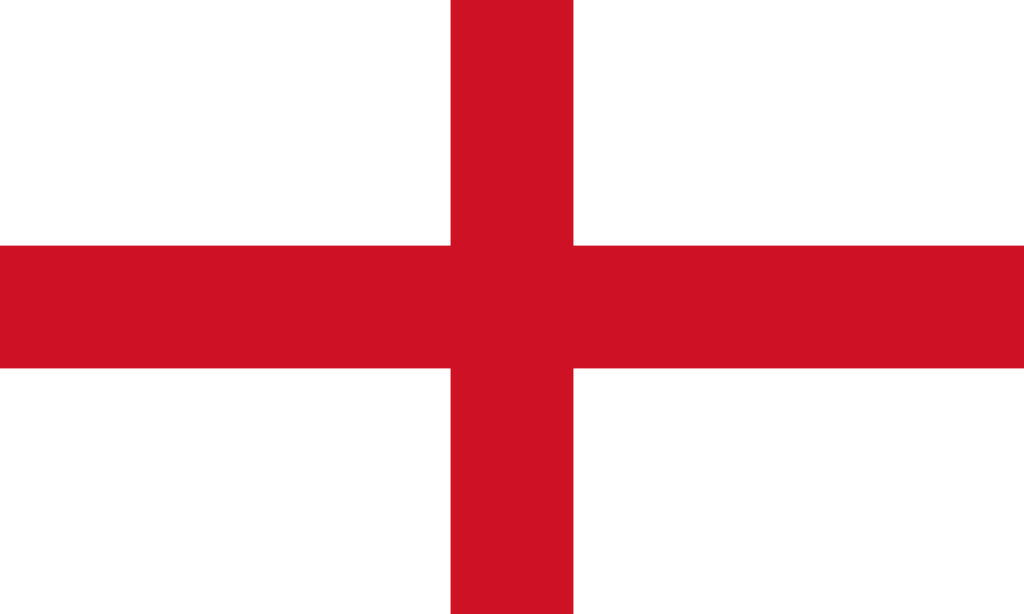
The flag’s origins are rooted in the legend of St. George, a Christian martyr who is said to have slayed a dragon in the Middle Ages. The legend spread throughout Europe, and St. George became a popular patron saint, especially among the English.
The flag of England has been used to represent the country in various ways over the centuries, such as in the Crusades and during the Hundred Years’ War. Today, it is flown on government buildings and used in sporting events to represent England.
The flag’s significance goes beyond its representation of England. It has become a symbol of English identity and is often used by English people to show their pride in their heritage. It is also used by English communities around the world, such as in Australia and Canada, to represent their English roots.
The Flag of Scotland
The flag of Scotland, also known as the St. Andrew’s Cross or the Saltire, is one of the oldest flags in the world, with a history that dates back to the 9th century. The flag consists of a white X-shaped cross on a blue background, representing the patron saint of Scotland, St. Andrew. The flag’s origins are rooted in Scottish legend, which tells the story of St. Andrew’s crucifixion on an X-shaped cross. The legend spread throughout Scotland, and St. Andrew became the patron saint of the country.
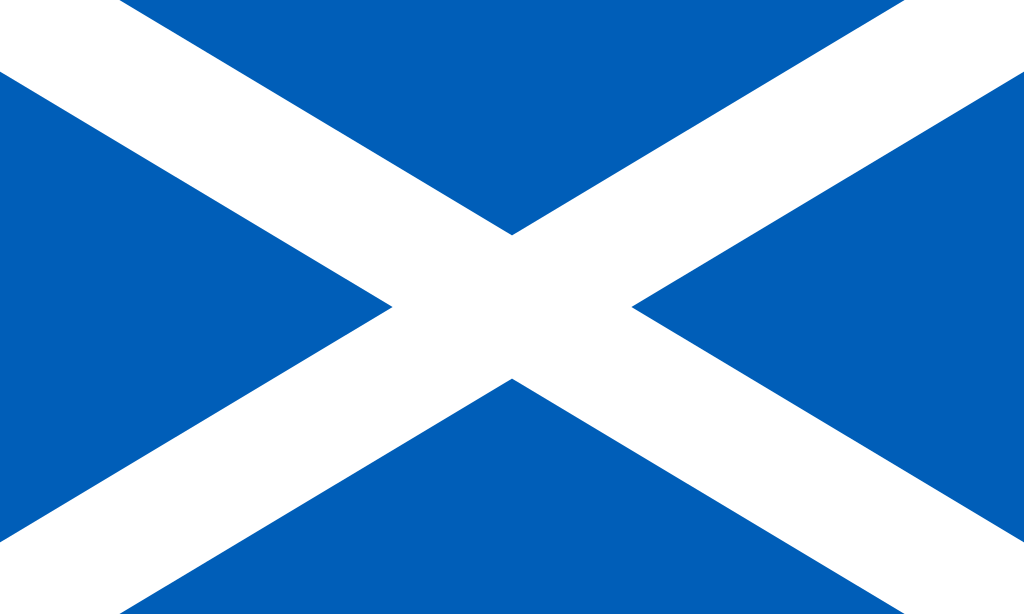
The flag of Scotland has been used to represent the country for centuries and has played an important role in Scottish identity. It is flown on government buildings, used in sporting events, and displayed by Scottish communities around the world.
The flag’s significance goes beyond its representation of Scotland. It has become a symbol of Scottish culture and heritage and is often used in Scottish-themed merchandise, such as clothing and accessories. The Saltire has also inspired the design of other flags, such as the flag of Nova Scotia, Canada.
The Flag of Wales (Red Dragon)
The flag of Wales, also known as the Red Dragon or Y Ddraig Goch, is a symbol of Welsh identity and has a long history dating back to the 6th century. The flag consists of a red dragon on a green and white background.
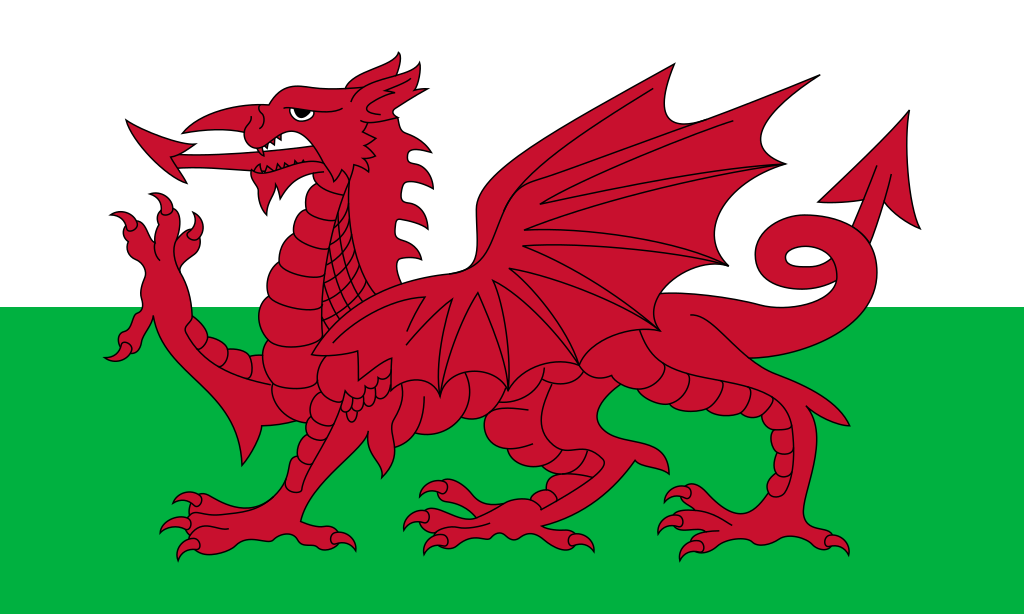
The origins of the flag are rooted in Welsh mythology, which tells the story of a red dragon who defeats a white dragon to become the national symbol of Wales. The red dragon was later adopted by Welsh kings as a symbol of their authority.
The flag of Wales has been used to represent the country for centuries and has played an important role in Welsh identity. It is flown on government buildings, used in sporting events, and displayed by Welsh communities around the world.
The flag’s significance goes beyond its representation of Wales. It has become a symbol of Welsh culture and heritage and is often used in Welsh-themed merchandise, such as clothing and accessories. The Red Dragon has also inspired the design of other flags, such as the flag of Bhutan.
The Flag of Northern Ireland
The flag of Northern Ireland, also known as the Ulster Banner, was used as the official flag of Northern Ireland from 1953 until 1972. The flag consists of the Red Hand of Ulster on a white background, surrounded by a six-pointed star and a crown.
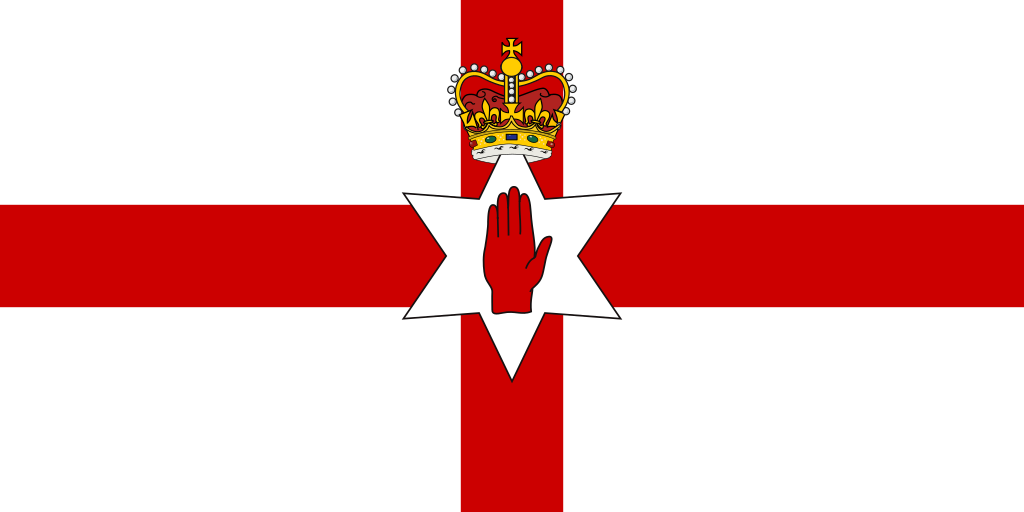
The Red Hand of Ulster is an ancient Irish symbol that represents the province of Ulster, which includes Northern Ireland. The crown represents the British monarchy, and the six-pointed star represents the six counties of Northern Ireland.
The flag’s use has been controversial, particularly among those who identify as Irish nationalists, as it is seen as a symbol of British rule in Northern Ireland. As a result, it is not widely used or recognized as the official flag of Northern Ireland.
The Use of Flags in the UK
The use of flags in the UK has been the subject of controversy in recent years. The flying of flags, particularly the Union Jack, has been associated with nationalism and has been criticized as a form of exclusionary behavior.
However, many people see flags as a symbol of national identity and pride in their heritage. The use of flags in sporting events, such as the Olympic Games, is seen as a way to showcase national identity and promote cultural exchange.
The controversy surrounding the use of flags in the UK highlights the complex relationship between national identity and inclusivity. While flags can be a powerful symbol of identity and pride, they can also be used to exclude and marginalize others who do not identify with the dominant culture.
Conclusion
In conclusion, the flags of the United Kingdom represent the complex history and identity of the country’s different nations. From the Union Jack, the most recognizable flag of the UK, to the flags of England, Scotland, Wales, and Northern Ireland, each one has a unique history and symbolism.
While flags can be a powerful symbol of national identity and pride, they can also be controversial and exclusionary. The use of flags in the UK highlights the ongoing debate around national identity and inclusivity, and the need for continued dialogue and understanding between different cultures and communities.
Overall, the flags of the United Kingdom are a representation of the complex history and identity of the country’s different nations. They serve as powerful symbols of national identity and pride, but also have the potential to be controversial and exclusionary. Understanding the history and significance of each flag can provide insight into the diverse cultures and communities that make up the United Kingdom.


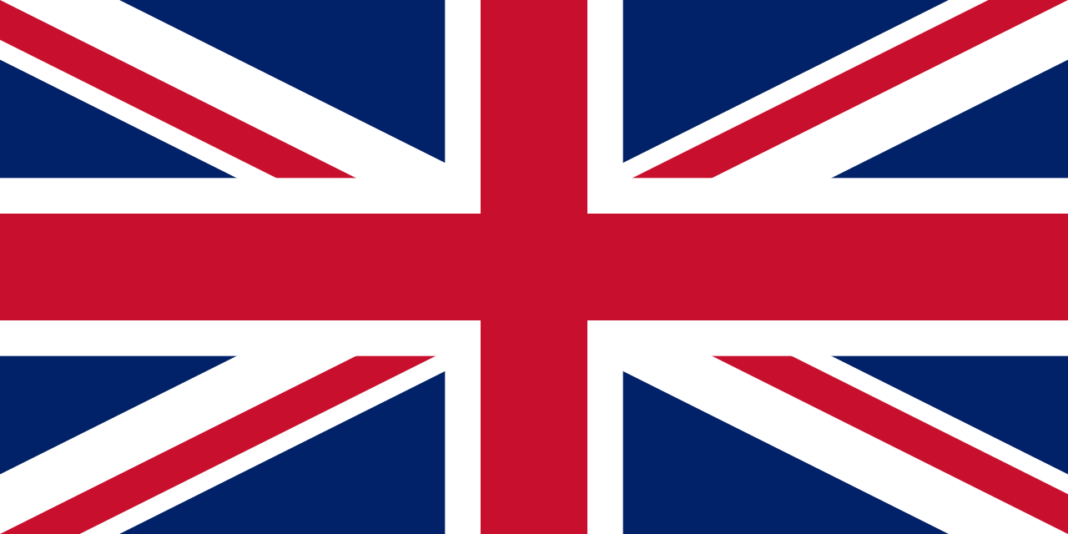
 For all latest articles, follow on Google News
For all latest articles, follow on Google News